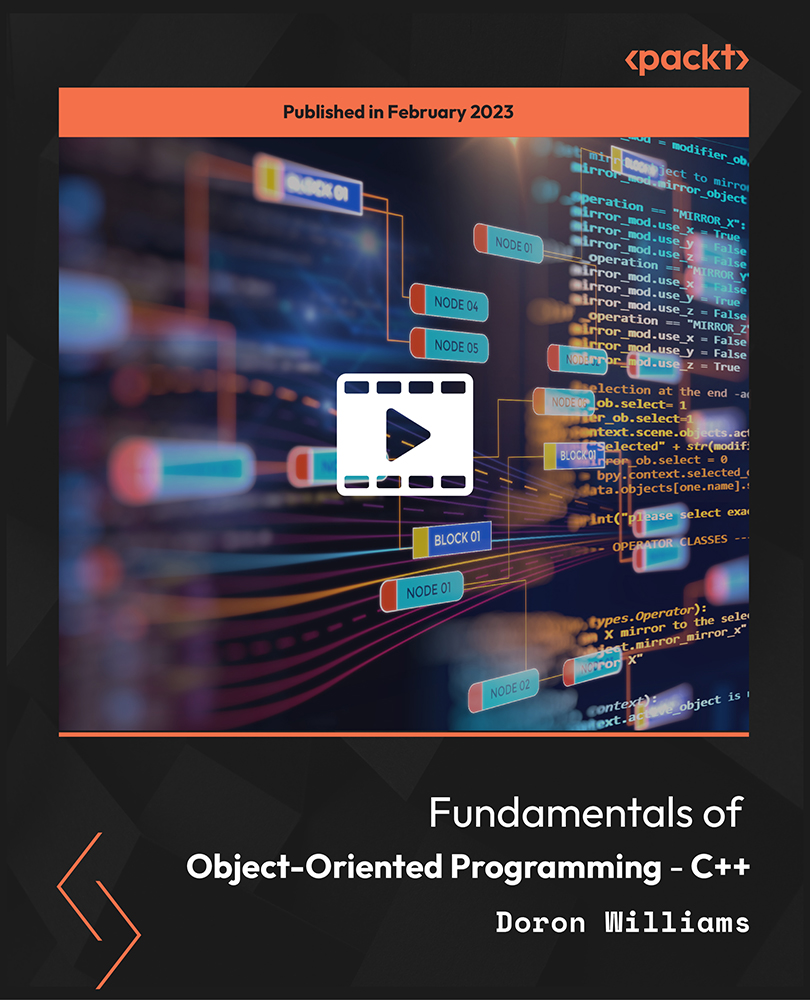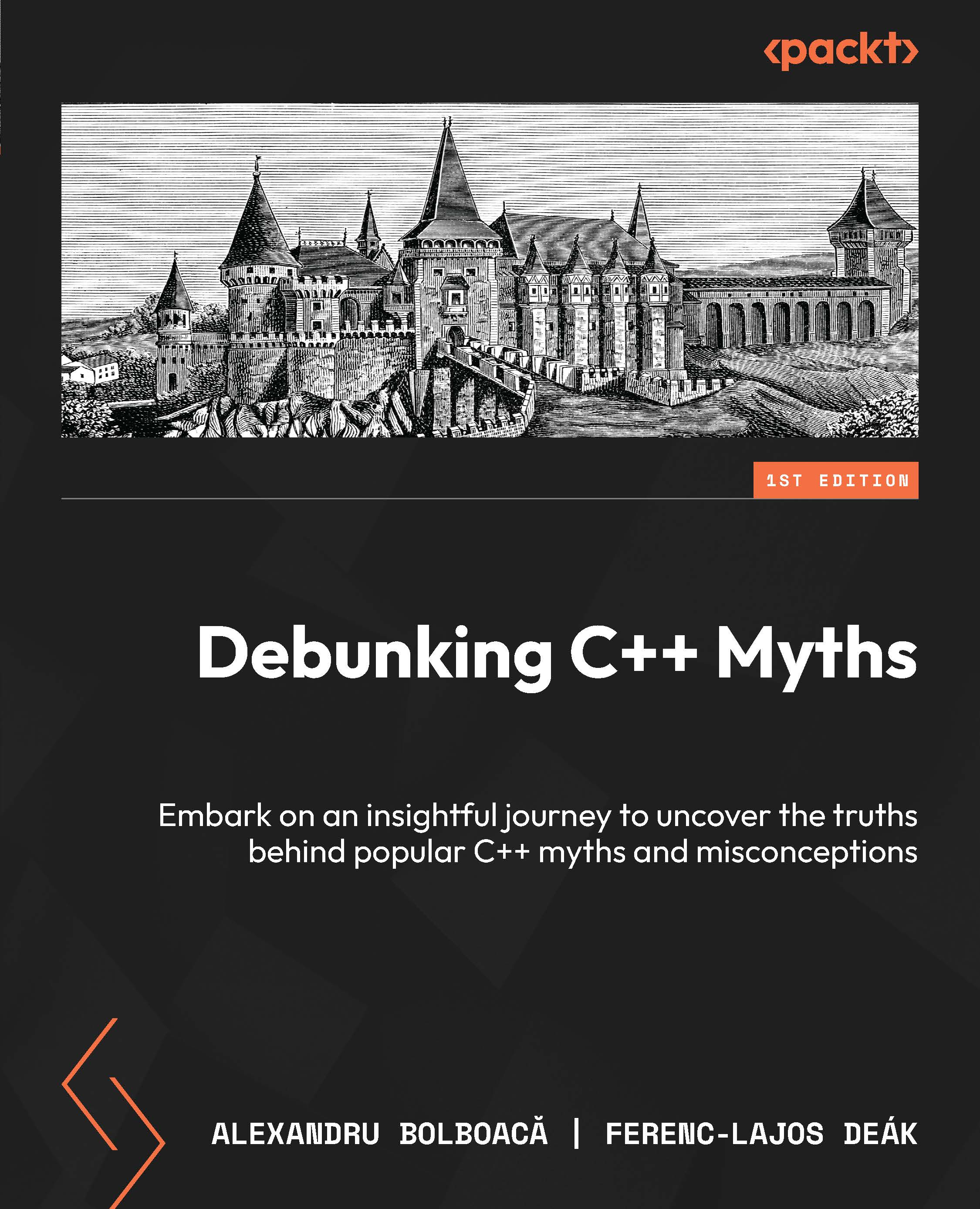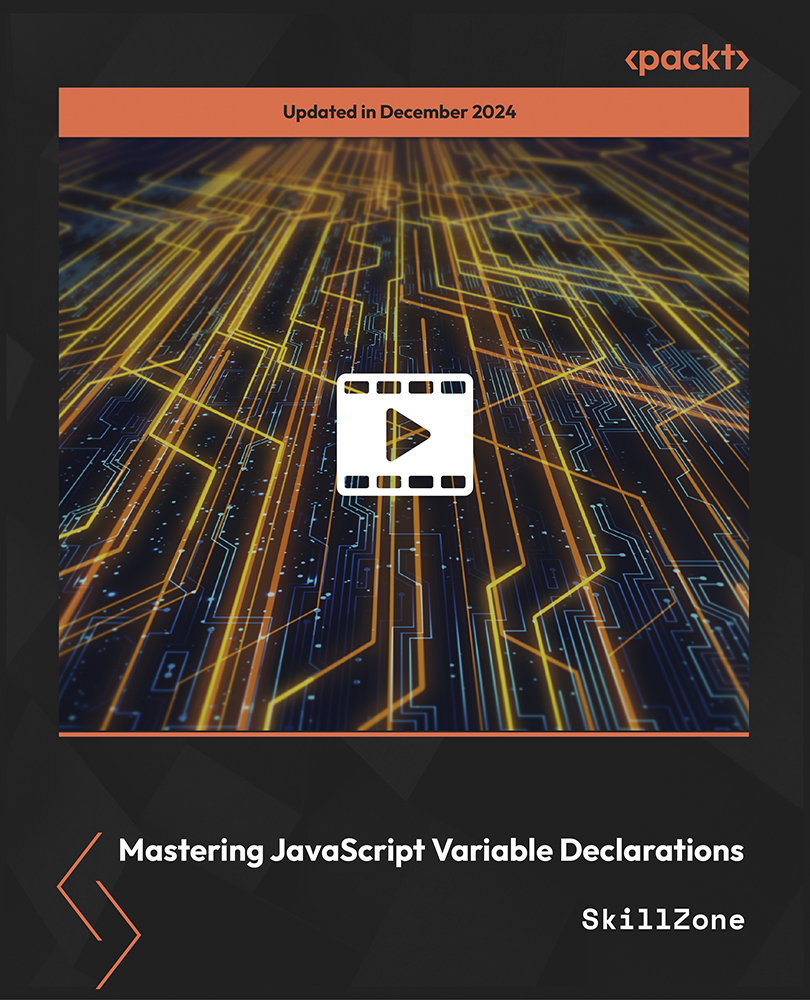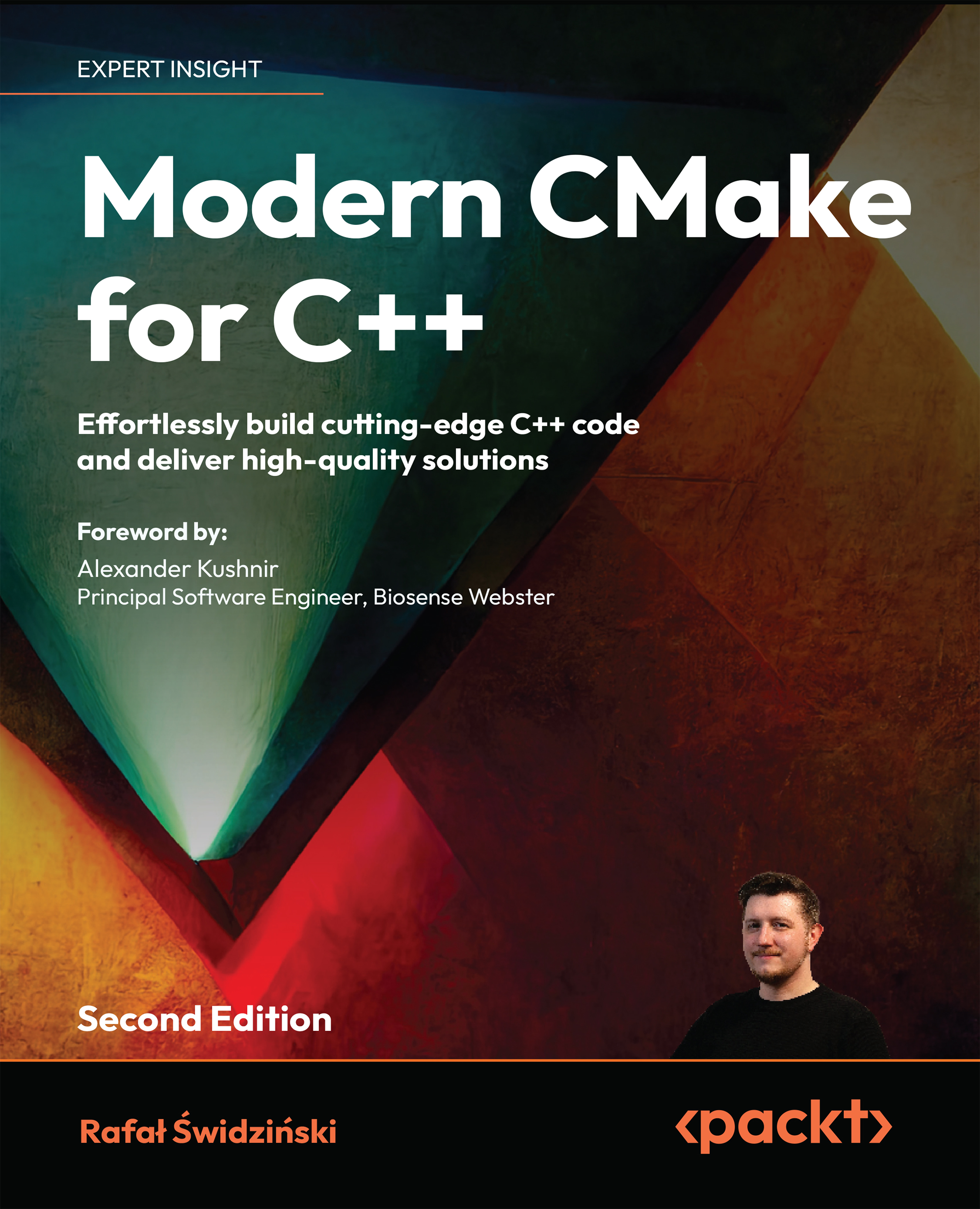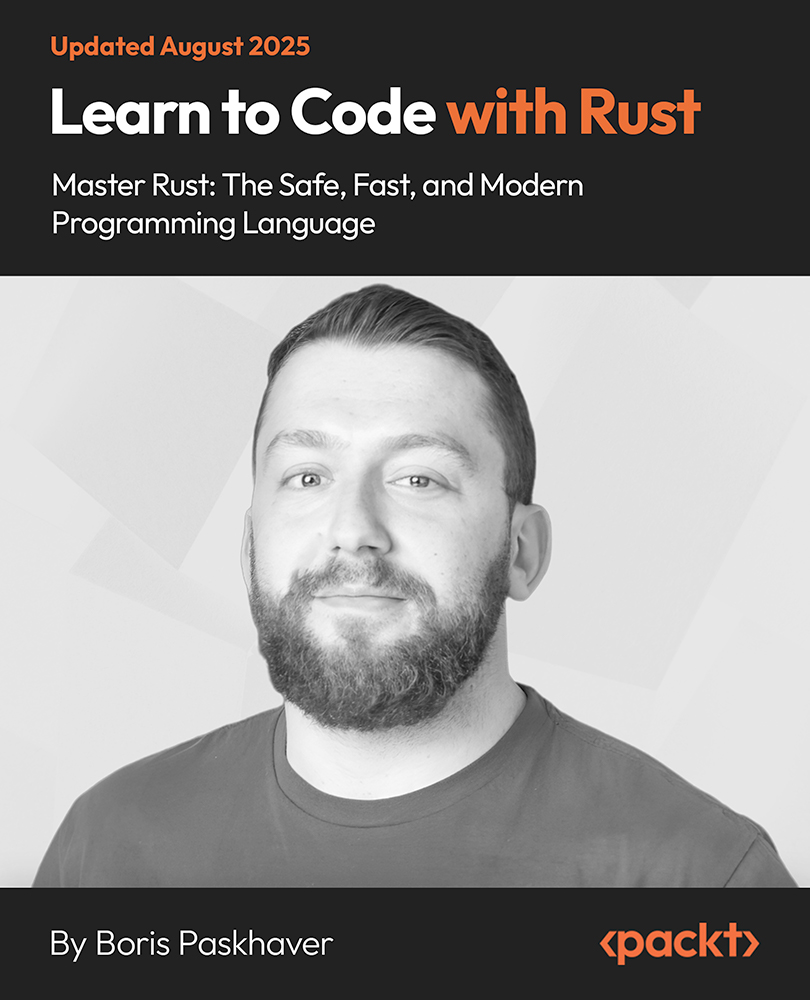Concurrency was actually derived from early work on railroads and telegraphy, which is why names such as semaphore are currently employed. Essentially, there was a need to handle multiple trains on the same railroad system in such a way that every train would safely get to their destinations without incurring casualties.
It was only in the 1960s that academia picked up interest in concurrent computing, and it was Edsger W. Dijkstra who is credited with having published the first paper in this field, where he identified and solved the mutual exclusion problem. Dijkstra then went on to define fundamental concurrency concepts, such as semaphores, mutual exclusions, and deadlocks as well as the famous Dijkstra's Shortest Path Algorithm.
Concurrency, as with most areas in computer science, is still an incredibly young field when compared to other fields of study such as math, and it's worthwhile keeping this in mind. There is still a huge potential for change within the field, and it remains an exciting field for all--academics, language designers, and developers--alike.
The introduction of high-level concurrency primitives and better native language support have really improved the way in which we, as software architects, implement concurrent solutions. For years, this was incredibly difficult to do, but with this advent of new concurrent APIs, and maturing frameworks and languages, it's starting to become a lot easier for us as developers.
Language designers face quite a substantial challenge when trying to implement concurrency that is not only safe, but efficient and easy to write for the users of that language. Programming languages such as Google's Golang, Rust, and even Python itself have made great strides in this area, and this is making it far easier to extract the full potential from the machines your programs run on.
 United States
United States
 Great Britain
Great Britain
 India
India
 Germany
Germany
 France
France
 Canada
Canada
 Russia
Russia
 Spain
Spain
 Brazil
Brazil
 Australia
Australia
 Singapore
Singapore
 Canary Islands
Canary Islands
 Hungary
Hungary
 Ukraine
Ukraine
 Luxembourg
Luxembourg
 Estonia
Estonia
 Lithuania
Lithuania
 South Korea
South Korea
 Turkey
Turkey
 Switzerland
Switzerland
 Colombia
Colombia
 Taiwan
Taiwan
 Chile
Chile
 Norway
Norway
 Ecuador
Ecuador
 Indonesia
Indonesia
 New Zealand
New Zealand
 Cyprus
Cyprus
 Denmark
Denmark
 Finland
Finland
 Poland
Poland
 Malta
Malta
 Czechia
Czechia
 Austria
Austria
 Sweden
Sweden
 Italy
Italy
 Egypt
Egypt
 Belgium
Belgium
 Portugal
Portugal
 Slovenia
Slovenia
 Ireland
Ireland
 Romania
Romania
 Greece
Greece
 Argentina
Argentina
 Netherlands
Netherlands
 Bulgaria
Bulgaria
 Latvia
Latvia
 South Africa
South Africa
 Malaysia
Malaysia
 Japan
Japan
 Slovakia
Slovakia
 Philippines
Philippines
 Mexico
Mexico
 Thailand
Thailand



